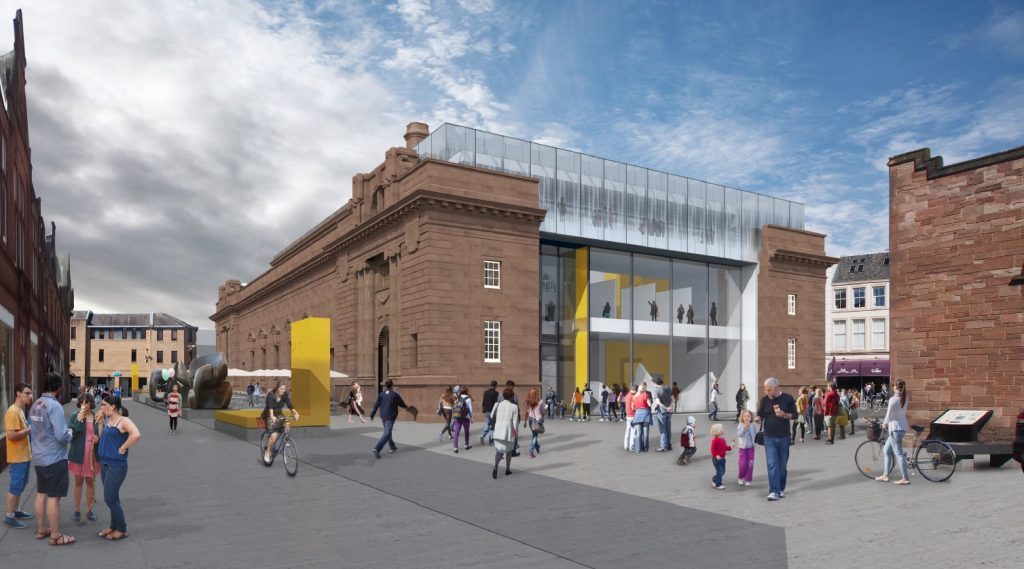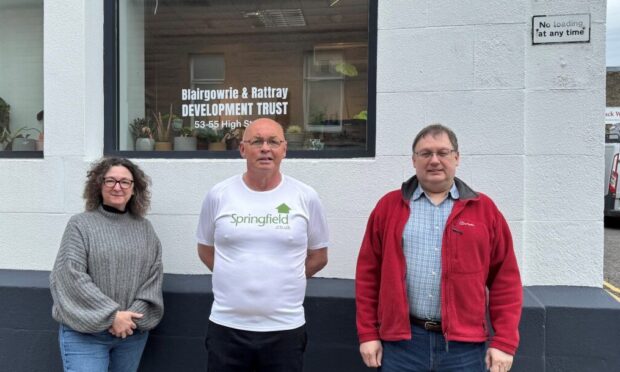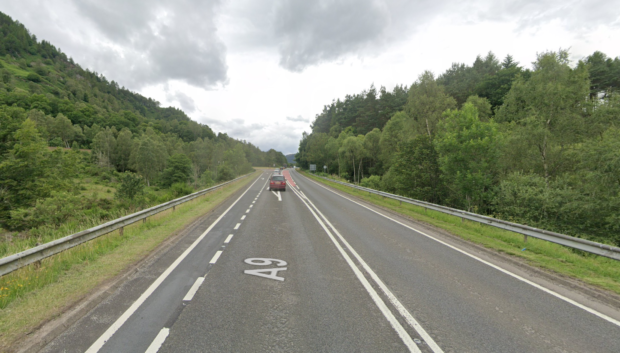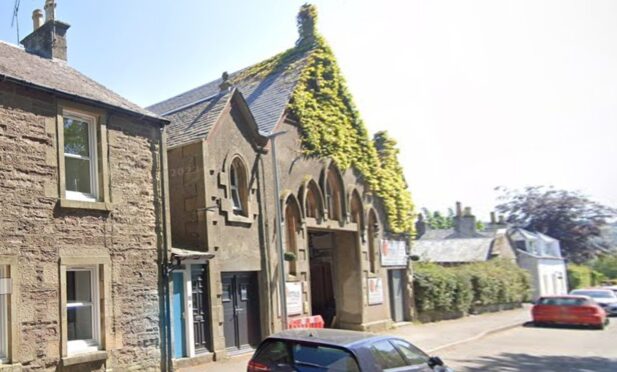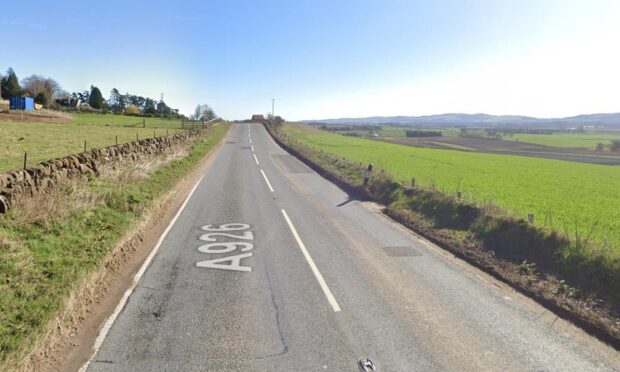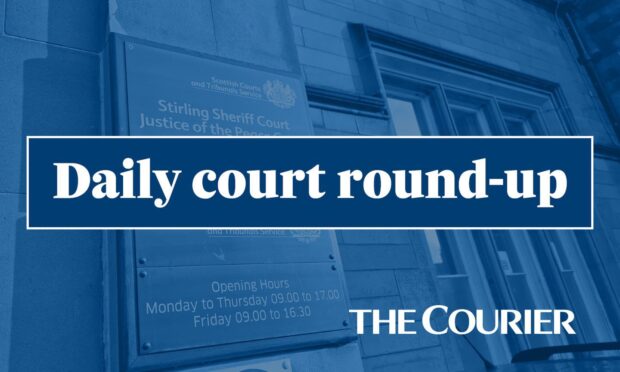Architects who lost out in the Perth City Hall design contest – despite being given the highest score by the selection panel – are now considering legal action against council chiefs.
Dutch firm Mecanoo was picked to take the lead on the long-awaited £20 million regeneration project, which will see the historic venue transformed into a major visitor attraction.
Perth and Kinross Council held a contest to find an architect for the project and a shortlist of five finalists went to public consultation earlier this year.
Although Mecanoo was named the favourite amongst local residents and businesses – and was cheapest in terms of construction costs – it ranked only third in a scoring system which had been previously agreed by council officials and the Royal Incorporation of Architects in Scotland (RIAS).
Now the company which was awarded the top score by the selection panel is considering a challenge to the local authority.
Today, the Courier can reveal that the highest scorer was Edinburgh-based LDN Architects, who achieved a quality/fee score of 86.5 compared to Mecanoo’s 84.6.
Mark Hopton, a partner at LDN responsible for the city hall project, described the council’s actions as “unprecedented” and believes his company should have been put forward for the contract.
“Having won the RIAS selection process on behalf of the council in terms of the selection criteria set, we consider LDN should have been appointed preferred bidder as per the tender procedures,” he said.
“We have expressed our concerns to the RIAS and through them, to the council. We are now taking further advice and awaiting further developments.”
RIAS secretary Neil Baxter said that the association would be prepared to back any legal challenge.
“This is in no way an attack on Mecanoo, which is a fine company with an impressive track record,” he said. “It is about getting a council to play fair.”
RIAS claims the council deviated from the selection process set out in bid documents.
Mecanoo’s construction costs, at £11.4 million, were significantly cheaper than the others which were estimated at between £14.7m to £16.9m.
However, its fee was the highest, resulting in a fee score of 4.6, compared to LDN’s 20.
A council spokeswoman insisted that Mecanoo met the three core requirements of the project brief, namely a building which delivers the “operational needs of a major museum attraction”; responds sensitively to the surrounding public area and is affordable and deliverable within the £20 million budget.
She said: “Mecanoo’s design also attracted the greatest support from local residents and businesses.”
Mecanoo was also Historic Environment Scotland’s favourite.
The revamped hall, along with a transformation of the Perth Museum and Art Gallery, could attract an extra 272,000 visitors to the city by 2023.
LDN’s bold vision for Perth City Hall
LDN Architects had previously worked on the Royal Museum of Scotland and the Bell Mill at Stanley Mills in Perthshire.
In its submission to the design contest, the company proposed a “world-class visitor experience” at Perth City Hall which would “attract visitors, improve the quality of community life and deliver economic regeneration and growth”.
LDN proposed a series of exhibition plinths on the outside of the building, as well as rooftop terrace.
The design included a new entrance facing St John’s Kirk, which would make the hall more “transparent, welcoming and inviting” while creating a buzz in the public space between the hall and the church.
Inside, new galleries would feature a range of spaces varying in size, form and flexibility to suit the wide range of objects within the permanent and temporary collections, as well as interactive areas and innovation labs.
Mecanoo’s proposal aims to create a “new gateway to Perth, to its history and its pride”.
It is understood that Mecanoo was Historic Environment Scotland’s first choice because it proposed the least alterations to the outside of the hall.
How the scoring system worked
Scoring criteria to assess the shortlisted entries against the brief were developed by RIAS and agreed with council officers.
These were weighted 80% to architectural quality and 20% to the fee price.
The relatively high ratio of quality to price and was agreed to reflect the importance of the design concept to the local authority.
The five shortlisted practices were scored on the basis of their design concepts and supporting information and their performance at a formal interview stage, as well as their proposed fee.
Estimated construction costs were independently assess by HubCo.
Fees from each organisation have not been made public.
